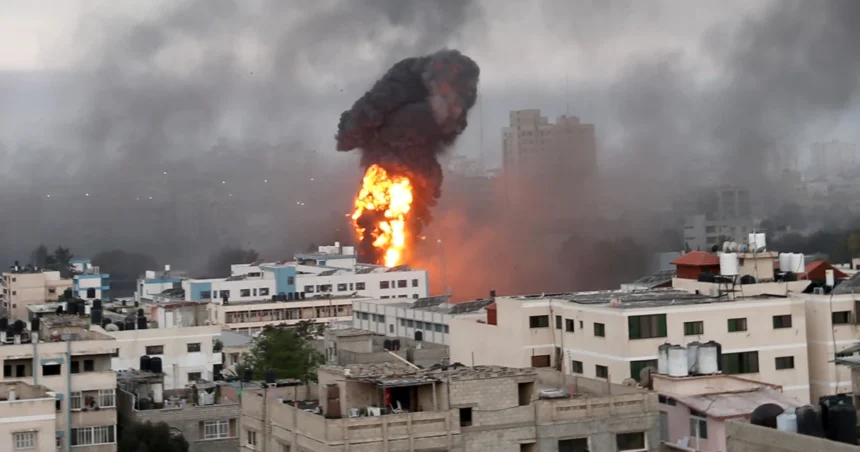The Israeli-Palestinian conflict, a protracted and multifaceted struggle, finds its roots in the late 19th century amidst the rise of the Zionist movement. As aspirations for a Jewish homeland gained momentum, tensions heightened between Jewish and Arab communities in Palestine during the British Mandate (1920-1948).
The Balfour Declaration (1917) and the Zionist Movement:
The conflict’s genesis can be traced back to the Balfour Declaration, where Britain expressed support for the establishment of a “national home for the Jewish people” in Palestine. The burgeoning Zionist movement, led by Theodor Herzl, sought to address the Jewish diaspora by establishing a sovereign state.
UN Partition Plan and the Birth of Israel (1947-1948):
In 1947, the United Nations proposed partitioning Palestine into separate Jewish and Arab states. Despite objections from Arab nations, the plan was accepted by the Jewish leadership, leading to the declaration of the State of Israel in 1948. This pivotal moment marked the beginning of armed conflict, known as the Arab-Israeli War.
Post-1948 Conflicts:
The aftermath of the war witnessed the displacement of hundreds of thousands of Palestinians, setting the stage for ongoing hostilities. Subsequent conflicts, notably the Six-Day War in 1967 and the Yom Kippur War in 1973, further reshaped the geopolitical landscape of the region, with Israel occupying the West Bank, East Jerusalem, and the Gaza Strip.
Hamas invasion of Israel (2023):
The terrorist group Hamas launched an attack on Israel on October 07. This surprise attack killed thousands of people and many had been injured. In Israel 1,400 innocent people have been killed and 6900 others have been injured. In Gaza Strips 11,078 innocent people have been killed and another 27,490 have been injured, according to the officials.
Occupation, Settlements, and Intifadas:
The Israeli occupation of Palestinian territories since 1967 has been a major source of contention. The establishment of Israeli settlements in the West Bank has drawn international criticism, complicating efforts for a two-state solution. The First and Second Intifadas, marked by Palestinian uprisings in the late 20th century, reflected the frustration and resistance against occupation.
Impact on Regional Dynamics:
The Israeli-Palestinian conflict has reverberated throughout the Middle East, influencing alliances, diplomatic relations, and regional stability. It has become a focal point for broader geopolitical considerations, contributing to the complexities of the region’s political landscape.
The Israeli-Palestinian conflict is a deeply rooted historical struggle characterized by a complex interplay of nationalism, religious identity, and territorial disputes. Its impact extends far beyond the borders of Israel and Palestine, shaping regional dynamics and global perspectives. As the international community continues to grapple with finding a lasting solution, the quest for peace in the region remains an enduring challenge.






